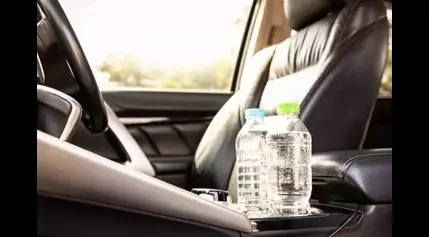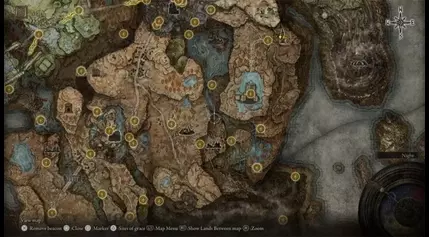Unraveling the Mysteries of Side-View Mirrors: A Deeper Dive into the Science and Safety Implications
Side-view mirrors are an integral part of every vehicle, yet their true nature and purpose often go unnoticed by the average driver. Beyond their practical function, these curved reflective surfaces hold a fascinating story that delves into the realms of optics, perception, and road safety. Join us as we explore the intricacies of side-view mirrors and uncover the reasons behind the ubiquitous warning, "Objects in mirror are closer than they appear."
Unveiling the Secrets of Convex Mirrors: Enhancing Visibility and Challenging Perception
The Convex Advantage: Expanding the Driver's Field of View
The design of a car's side-view mirrors is a carefully considered engineering feat, with the primary goal of enhancing the driver's visibility and awareness of their surroundings. These mirrors are crafted with a convex, or curved, shape that serves a specific purpose. By adopting a convex surface, the mirrors are able to provide drivers with a wider field of view, allowing them to see a greater expanse of the road behind them. This expanded perspective is crucial for detecting potential hazards, such as vehicles in the driver's blind spots, that might otherwise go unnoticed.The Distortion Dilemma: Understanding the Impact of Convex Mirrors on Perception
While the convex shape of side-view mirrors offers significant advantages in terms of visibility, it also introduces a unique challenge – the distortion of perceived distance. The curved surface of the mirror causes objects reflected within it to appear smaller and farther away than they actually are. This optical illusion can lead to a discrepancy between the driver's perception and the true distance of the objects they are observing, potentially leading to unsafe lane changes or other maneuvers.The Warning Label: A Constant Reminder of the Convex Mirror's Quirks
To address this issue, many vehicles feature a warning label etched into the side-view mirrors, reminding drivers that "Objects in mirror are closer than they appear." This simple yet crucial message serves as a constant reminder to drivers to exercise caution and double-check the actual distance of vehicles or objects before attempting any potentially risky maneuvers. By being mindful of this distortion effect, drivers can better assess the true proximity of surrounding vehicles and make informed decisions to ensure their safety and the safety of others on the road.Exploring Alternative Mirror Designs: The Quest for Optimal Visibility and Accuracy
In the pursuit of finding a middle ground between the advantages of a wide field of view and the challenges of distance distortion, researchers and engineers have explored alternative mirror designs. One notable example is the work of Dr. R. Andrew Hicks, a professor of mathematics at Drexel University, who patented a mirror design that aims to strike a balance between these competing factors.Hicks' design utilizes an algorithm that manipulates the direction of individual mirror facets, similar to a disco ball, to create a 45-degree field of view with minimal distortion. This innovative approach seeks to provide drivers with a broader perspective while minimizing the perceptual challenges associated with traditional convex mirrors. While the disco ball-inspired design may not have materialized in production vehicles, it serves as a testament to the ongoing efforts to enhance the safety and effectiveness of side-view mirrors.The Importance of Awareness and Adaptation: Mastering the Art of Driving with Convex Mirrors
Ultimately, the key to navigating the complexities of side-view mirrors lies in driver awareness and adaptation. By understanding the underlying principles of convex mirrors and the distortion they introduce, drivers can develop a heightened sense of spatial awareness and learn to compensate for the perceived distance discrepancies. This knowledge, combined with a cautious and attentive driving approach, can help drivers make safer and more informed decisions when changing lanes, merging, or maneuvering their vehicles.As we continue to explore the ever-evolving landscape of automotive technology and safety features, the humble side-view mirror remains a testament to the importance of understanding the science behind the tools we rely on every day. By delving deeper into the intricacies of these reflective surfaces, we can gain a greater appreciation for the engineering feats that shape our driving experiences and, more importantly, contribute to the overall safety of our roads.




















